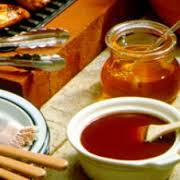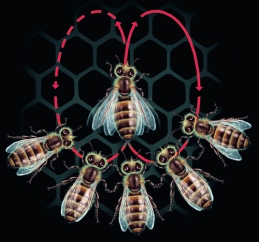TABLE 3 RESTAURANT & MARKET This exceptional French cuisine bistro is located in the West Nashville Green Hills Mall, next to the Green Hills Regal Theater. The market and bakery flanks the restaurant on its right side, parallel to the sidewalk leading to Regal Cinemas. Owners Wendy Burch and Elise Loehr enjoy discussing their fresh ingredients, cooking techniques and suggestions for pairing wine with menu standards and evening specials.
Sous chef Chris Johnson is a great enthusiast for using our high quality Sourwood honey in Table 3 savory dishes. He also favors Artisan Creamed Sourwood honey on the charcuterie and cheese platters.
Table 3 has the good fortune of employing two pastry chefs extraordinaire who bake all of the bread and desserts offered in their restaurant. These talented women requested anonymity, so imagine your mom and her beautiful niece are in the kitchen baking your favorite sweets and you will be right on target.
Our Sourwood honey is featured in many desserts as a sugar substitute, a drizzled topping or the featured ingredient in homemade Cinnamon Honey Ice Cream or the Pecan and Honey Squares shown above. I believe the Table 3 dessert edge comes from giving their pastry chefs a free hand in the kitchen and with their bakery menu. The results are the most delicious French pastries, awesome cookies and unique small batch ice cream in Nashville.
Stop in soon and tell them the Queen Bee sent you. For more information: Table 3 Restaurant & Market

















